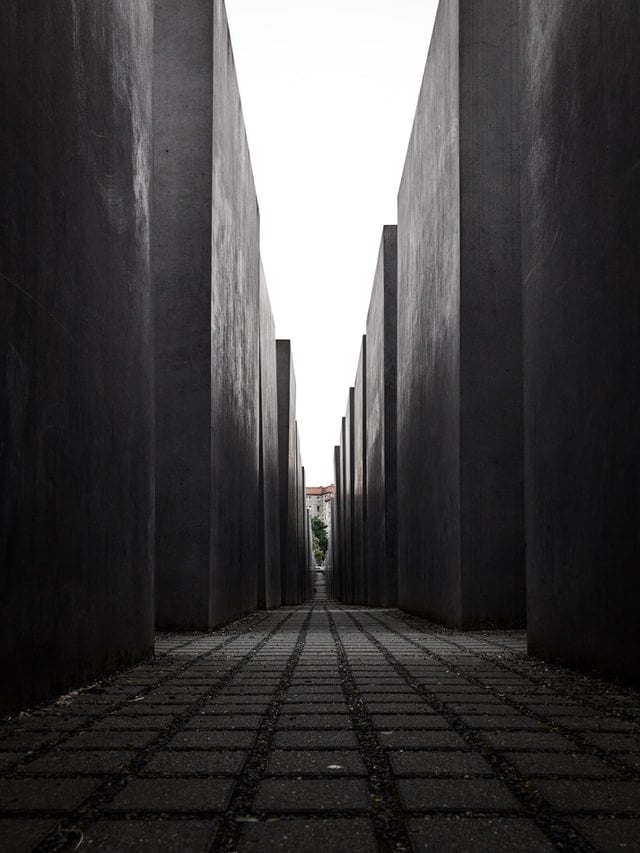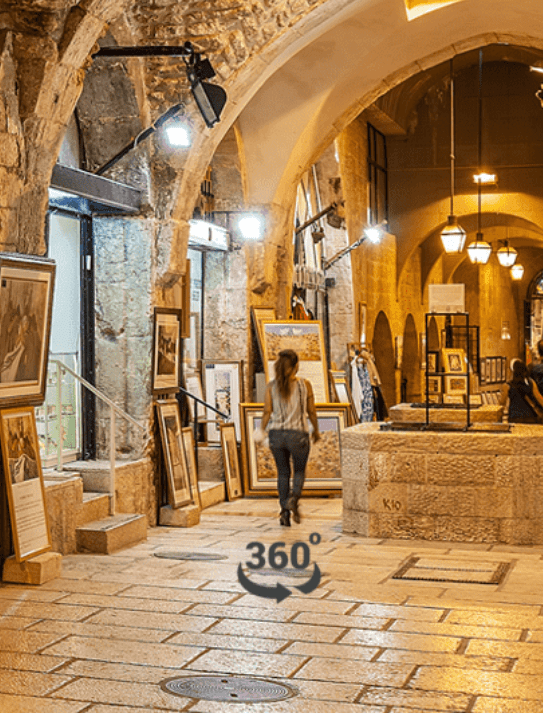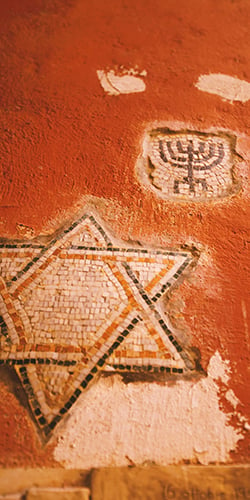Ferrara is the only city in Emilia-Romagna to have an uninterrupted Jewish presence from the middle ages to the present. Although there are no references nor documents before the 13th century CE, Ferrara’s Jewish presence is said to date back to the distant past.
Under the Duchy of Este, the community enjoyed its finest years: the dukes offered shelter to refugees from Spain and Portugal after 1492 and from Eastern Europe. The city became a melting pot of different Jewish cultures, which not only lived together within the same Jewish context, but also embellished the city in which they lived with significant social and cultural contributions. Few Italian cities have preserved the feel of the Jewish memory, both distant and recent, as keenly as Ferrara. Going down the streets of the ghetto, still intact in its original layout, and entering the synagogues and museum, means exploring three centuries of...















